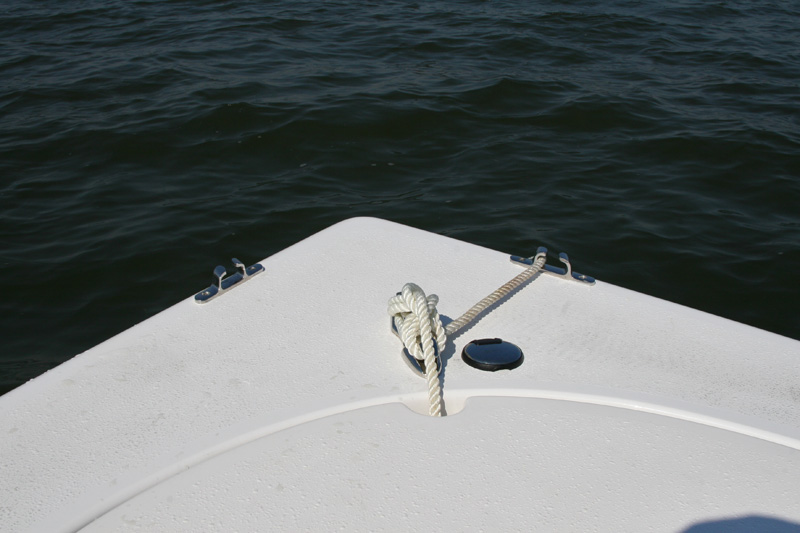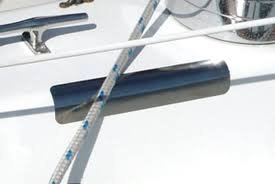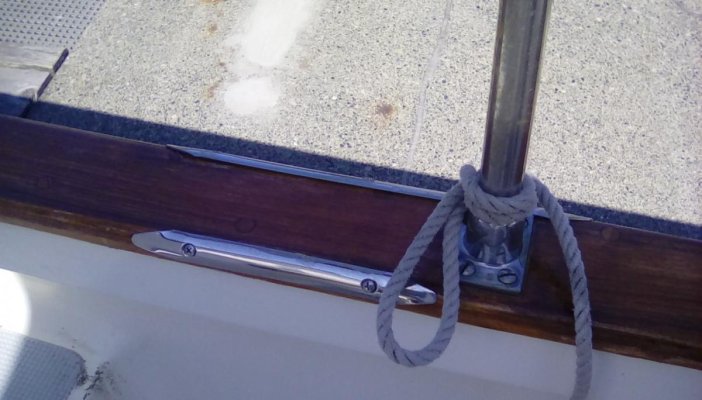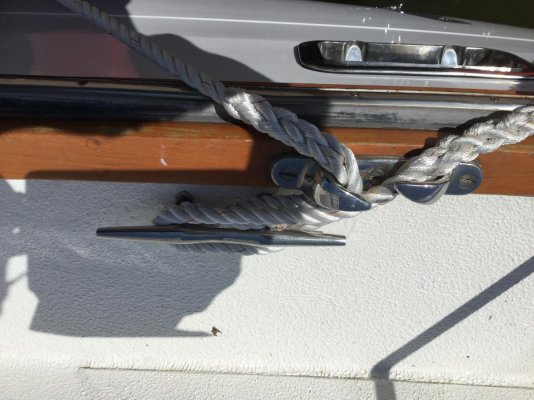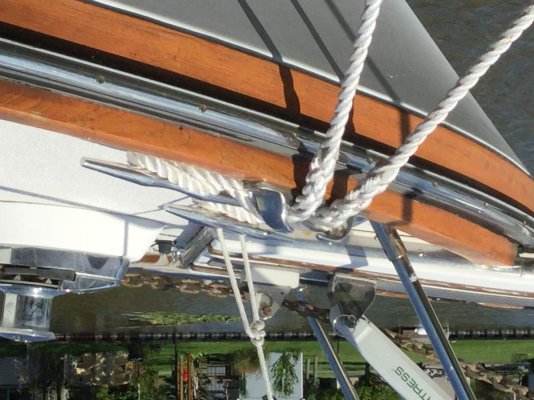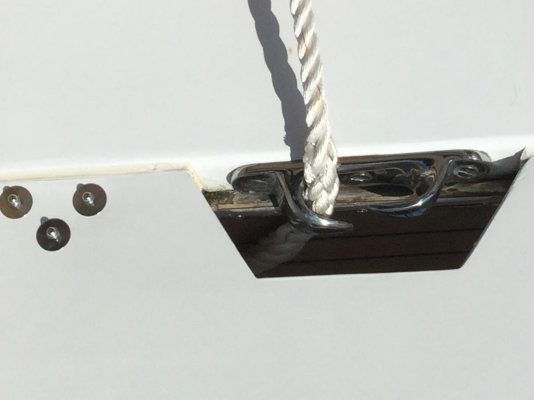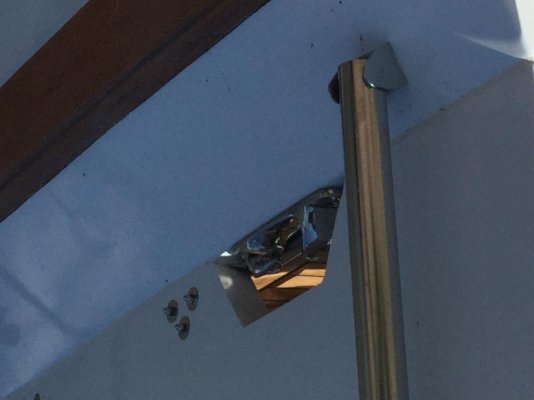kazenza
Veteran Member
- Joined
- May 20, 2013
- Messages
- 31
- Location
- USA
- Vessel Name
- Sea Rover
- Vessel Make
- CT 40 / Hartley Motor Sailor
The mooring lines from the cleats on my trawler rub on the cap rail creating wear and tear on the varnish.
Has anyone mounted Chocks along the sides of the boats to keep the rope off the rail. The one downside I see would be abrasion to the rope for dock cleats that are not in line to the boat cleat and that stress on the boat cleat could cause it to pull out over time.
Randy
Has anyone mounted Chocks along the sides of the boats to keep the rope off the rail. The one downside I see would be abrasion to the rope for dock cleats that are not in line to the boat cleat and that stress on the boat cleat could cause it to pull out over time.
Randy

